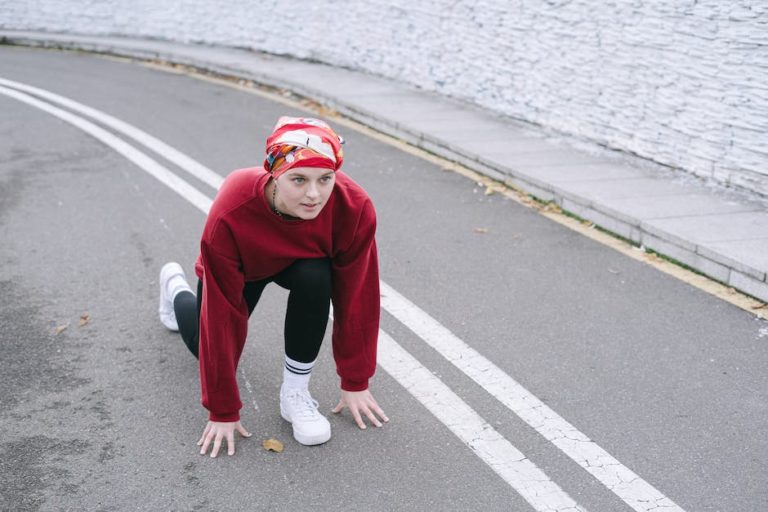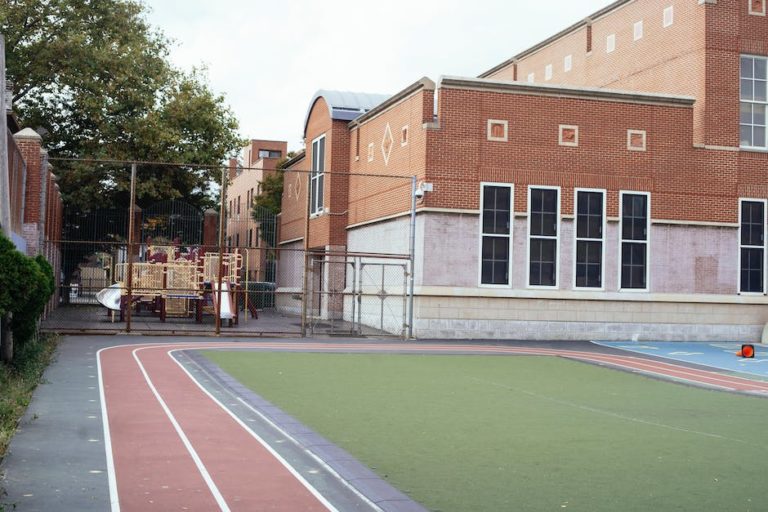Professional Soccer Player Training Schedule
Professional soccer is a very popular sport in the US and abroad. It is known as the major national team sport in Europe, as it is respected as a high-class professional series
Professional soccer is not like other sports where you can just jump into the competition right away. You must first complete your training and preparedness!
Professional players spend many hours in practice and competitions perfecting their skills and getting ready for game time. This takes time, so do not get too nervous about starting your training.
This article will talk about some different types of practice you may have, how to best prepare for a game, and what types of training you should have.
Team practices

After a game or playoff run, players in the professional soccer leagues need to build off their experience. Playing a few games per week is help build off of your practice and learning curve.
Weekend games are also a good thing to look forward to. During the season, players usually have work obligations throughout the week, so Sunday play is rare.
Sunday play is what makes the difference between winning and losing seasons. Winning and losing seasons have different pressures and expectations, which can affect how you prepare for upcoming games.
Weekday practice times are usually 7:30–9:30am, 1:30–3:30pm, and 5:00–7:00pm. This schedule can last all day or it can last all weekend! Practicing every day does not have to be limited to the above times, though!
Players can also adjust the length of their sessions according to their own personal needs.
Individual training

In the off-season, players can still get their individual training in at their own pace. Some teams offer conditioning or specific training for specific conditions, like injuries or mobility issues.
Rotations may also include individual conditioning and/or rotations with other players. Most teams will offer a basic training session on most days, with some adding more specific work during periods of rest.
On the field, games can get busy. That is why it is important to have the time to spend on your personal training and health development.
Individual and team rotations must be made when there is a player shortage or when a player needs more time to develop. Development is key when playing professional soccer, as you need to be ready to go at all times!
It is very important to have enough personal training and team training sessions and rotational schedule as a professional player to meet your development needs.
Strength training

Dressing well is a part of being a professional athlete. If you are going to a fashion party or sporting event, you must put good looking clothes on yourself. For professional athletes, having high levels of strength and fitness is important to be able to perform at a high level during match day excitement.
While not the most popular choice for professional training, strength training is a good way to work your muscles. You can do this 2 ways: with organized workouts or with your daily activities.
Workouts that include heavy lifting and exercises such as yoga poses or swimming laps can be done during the day. You can also start up this practice by doing 1-2 exercises for 15-20 minutes per day.
On top of that, you can add some walking around and practicing the movements on your computer or on the ground if you have some space! Check out some online resources to start learning how to strengthen your body and mind.
Conditioning
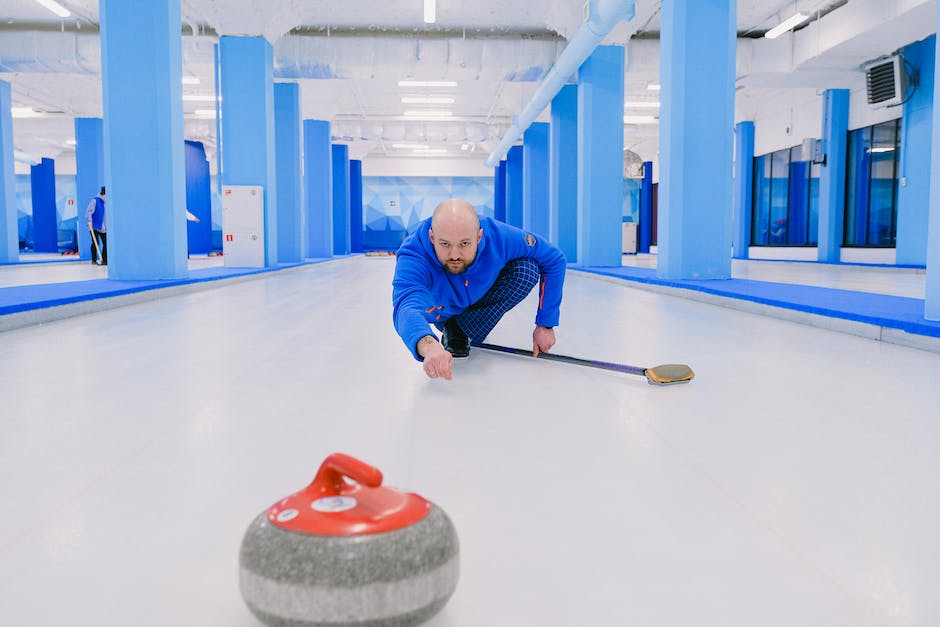
Players should be able to maintain their current weight and wear the same size clothing while playing professional soccer. This includes mandatory conditioning sessions in which players must be present and accounted for.
The average professional player works out at least twice a week with some going multiple times during the week. Players should always keep their fitness levels up to par as they play more on each day of the week.
Some plays or maneuvers may require a player to get into shape quick to cover ground or respond in an emergency. A sports massage or yoga practice can help this as well as working out together after practice or playing another game together.
As players get older, more compulsory health requirements start making sense. Players need to keep an eye on hydration and sleep habits to keep up with advanced athletic demands.
Shooting drills
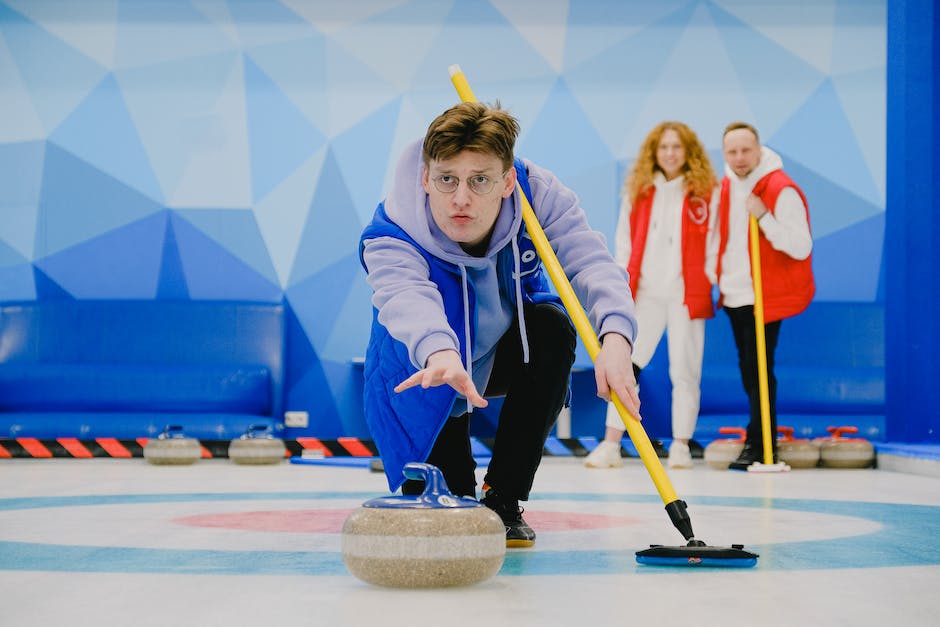
Most players start a team’s training with a shot at the table-top. This is called setup, and it is designed to give players a chance to learn how to position themselves in space and decide the direction of the shot.
Setup is also used as a way to familiarize players with the space around them. Since most training spaces are not exactly square, having a way to point out local features in the space is important.
Once they understand what shots look like and how to position themselves, they can start doing some seated or standing kicks. Both types can be executed from a half-sitting position or full foot-forward, respectively.
Finally, players can work on shooting on target and using an angle of attack to get up onto their feet. These are all done from a sit down or stand up position.
Passing drills

Starting in the early stages of your professional soccer career, passing drills are a must. These can be found in several forms: live action drills, video passes, and written passes.
Live action passes are done by putting the player in position to receive a pass and then stepping away or passing the ball to him.
Video passes are made by showing the player a pass you want him to receive and then having him try to put it into motion.
Finally, written passes are given out in writing and sent through the air. These passes can be combined or simply given out!
These three types of passes must be mastered by all players so they can be used in games.
Reading game situations

Being a professional soccer player, you’ll need to be prepared for games. You’ll need to know what games are upcoming and what games your team is scheduled for!
In professional soccer, teams rotate players between the starting lineup and the bench several times during a game. This is called a rotation.
Team captains typically get the first rotation, followed by backup players and lastly players on the roster. This is important when practicing rotations in a game situation.
Team captains typically get the first rotation, followed by backup players and lastly people on an player on the roster. This is important when practicing rotations in a game situation. A crucial part of team captaining in this situation is reading game situations.
Conferences with coach
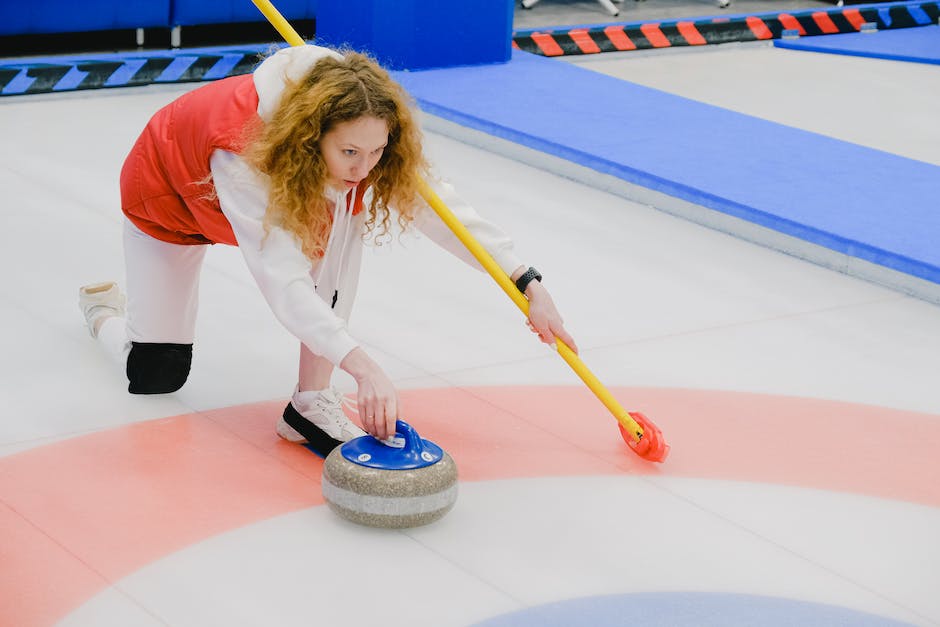
When a player is out of training, their coach doesn’t give him a conference with the other players. He must go to his own group to talk with other players about what just happened in training and for future interactions.
This can be tricky when your coach is busy with other things and doesn’t see how others interact with each other. It is also important to have this conversation with your coach because this is an essential part of training.
If a player needs to talk to the coach, then the player has to go up to the team lounge and ask for help. The coaches have to be ready and willing to help out in case someone needs them.
Training is hard on your body, so it is important to keep going.


